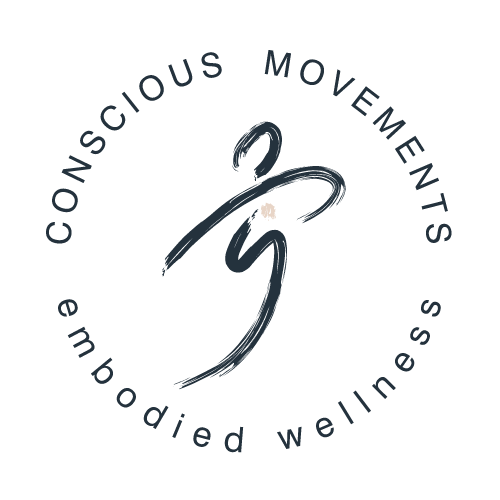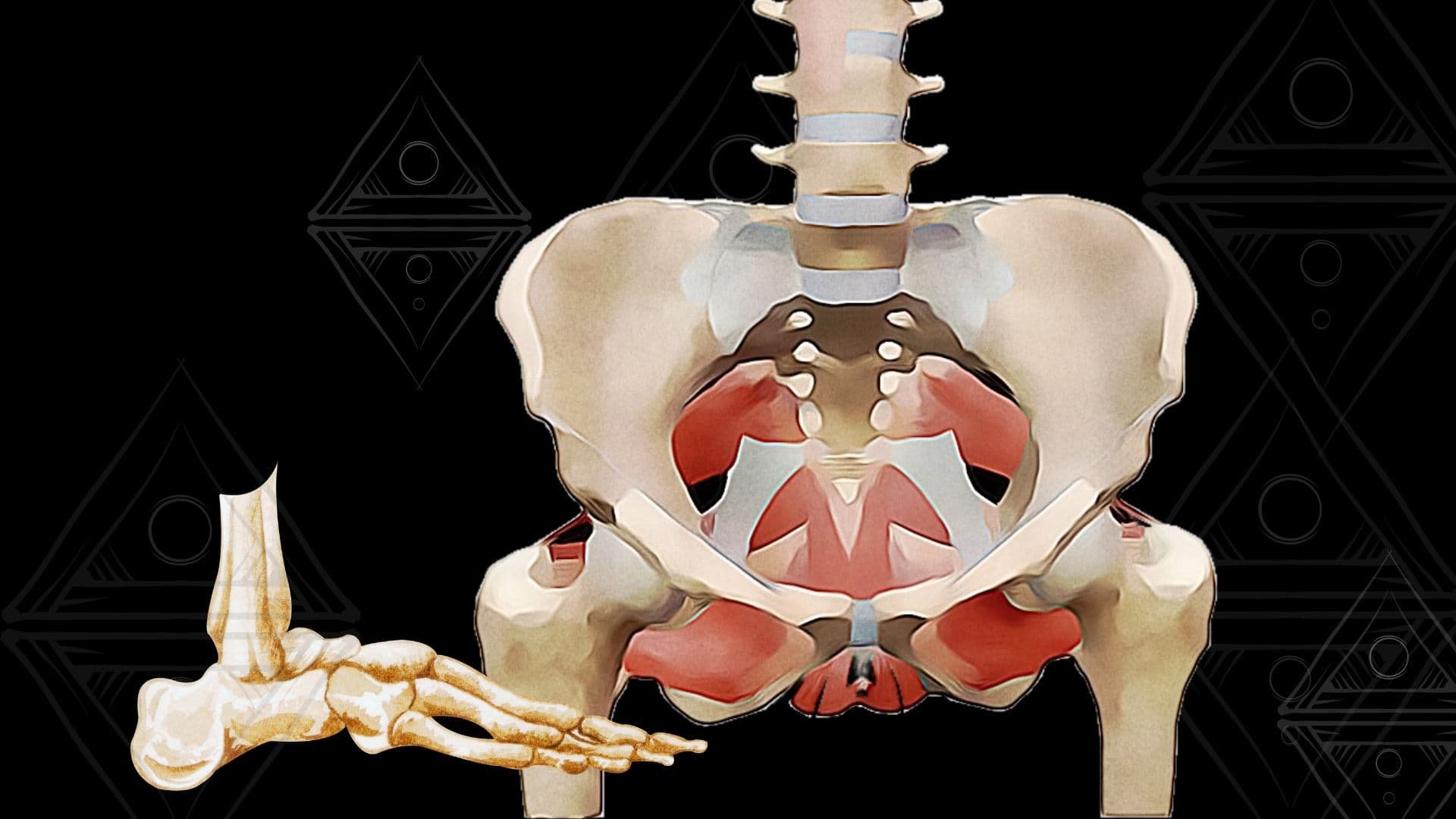Nourish Your Connective Tissue With Whole Foods
Did you know that the most abundant tissue in the body, is none other than “connective” tissue?
Your connective tissue is super-important for a well-functioning body, and of course, there are certain vital foods and nutrients that support optimal tissue health! And because some parts of your joints don't have a huge blood supply, they can take months (or longer) to heal after an injury.
Connective tissue “connects” things in your body to help maintain your structure. It supports and anchors parts together. For example, your joints have ligaments (that attach bones to each other), as well as tendons (that attach muscles to bones). These are examples of “dense” connective tissue made mainly of collagen.
Your joints also have cartilage and fluid to “cushion” the ends of the bones when you move, so they don't rub against each other and cause pain or “wear and tear.” Cartilage and fluid are also part of your connective tissue. This connective tissue is composed of collagen and elastic fibers (elastin), cartilage, other specialized cells, with a healthy dose of cushioning fluid too.
But fascia isn’t just in your joints.
You also have a thin sheath of fibrous connective tissue that surrounds every muscle, bone, nerve, artery, and organ in the body.
“Lack of movement also plays a BIG role in fascia health”
It’s important to remember that connective tissue integrity, like all areas of health, is not just nutrient-dependent. Lack of movement also plays a BIG role in fascia health — especially the fascia of your muscles, bones, and skin. Lack of sleep, exposure to environmental toxins, and how we deal with stress also impacts our connective tissue. So, your everyday routines can have a significant impact on the health and longevity of your joints.
That said, for this post, let’s focus on nourishing our tissues with our fork because we all want to be continually supplying our joints (and the rest of our bodies) with ample nutrition to make them as robust as possible!
Tissue Nourishing Foods
WATER : Of course, since your connective tissues and joints need enough fluid to cushion them, water is an essential “food” for tissue health.
Many people stay chronically dehydrated. Don’t let that be you. Always drink when you're thirsty. If you want (or need) a bit of flavor for your water, then try infusing your water with fruits and herbs. You can throw a handful of frozen berries, chopped fruit, or a bit of mint into your water bottle. One of my all-time favorite infusions consists of lemon, cucumber, and basil.
PROTEIN : You heard me mention collagen and elastin above, and you probably won't be surprised to know that they are made of protein! So, of course, protein is incredibly important to optimal tissue health.
Protein itself is made up of a bunch of amino acids strung together. When we eat them, our digestive enzymes break down that “string” so that you can properly absorb and digest the individual amino acids. Your body uses those amino acids to create the myriad of proteins that it needs. Yes, things like muscle, bone, and skin; and also important connective tissues like collagen and elastin. Eating enough essential amino acids is key.
Protein-Rich Foods
Eggs
Legumes
Minimally-processed Meats
ANTI-INFLAMMATORY FATS (omega-3s) : We all know that omega-3s are good for you. They are “essential” for good health and have been researched quite a bit for their potential to lower the risk of many heart and brain issues. One way omega-3s help us is because of their anti-inflammatory properties.
The problem is that most people simply don't get enough essential omega-3s.
Omega-3 Foods
Fish & Shellfish
Algae
Nuts (particularly walnuts)
Seeds (especially flax, chia & hemp)
ANTI-OXIDANTS : You already know that eating your fruits and veggies is good for you! One of the many reasons is that they contain anti-oxidant and anti-inflammatory compounds. Most are also vitamin and mineral powerhouses. Inflammation is directly linked to most short-term and long-term health concerns, including joint pain. So the benefits of consuming real plant-based foods cannot be underestimated when it comes to joint and tissue health.
Plants With The Most Anti-Oxidants?
Colorful ones! Eat the rainbow by choosing from a variety of colorful plants (think: red, orange, yellow, green, and purple)
Blueberries, grapes, green tea, & cocoa.
FOODS RICH IN VITAMIN C : You remember that collagen is a critical part of your connective tissue, especially in joints. You also remember that you need protein amino acids as building blocks to make the collagen.
Vitamin C is a critical “assistant” that helps your enzymes make the collagen from those amino acids that you get when you eat protein.
So, vitamin C works hand-in-hand with protein for healthy collagen in your tissues. Vitamin C is also an anti-oxidant, and since exercise can cause increased production of free radicals, anti-oxidant nutrients are extra-important for tissue health.
Vitamin C Foods
Guava
Papaya
Strawberries
Oranges & Grapefruit
Kiwi
Bell Pepper
Broccoli
Kohlrabi
Brussels Sprouts
Mango
BRASSICA VEGETABLES : Also known as cruciferous vegetables, brassicas are commonly associated with the mustard and cabbage family. Several of these nourishing delight are listed in previous categories. However, this subset of the vegetable population deserve a special shout out as they’ve been known to block an enzyme that causes swelling in the joints. Plus, they’re chocked full of fiber, vitamins and nutrients for overall health and well-being.
Brassica Vegetables
Broccoli
Cauliflower
Brussel Sprouts
Watercress
Mustard Greens
Arugula
Kale
Purple Cabbage
SUMMARY
Tissue health is important for everyone. Eating a variety of nutrient-dense, minimally inflammatory foods is key. As are foods that contain enough high-quality protein, omega-3 fats, as well as plants that are rich in antioxidants and vitamin C. However, food isn’t everything. Make sure to keep moving, maintain a healthy sleep cycle, and manage your relationship with the stress in your life.
+References
Katz, D.L. & Meller, S. Can we say what diet is best for health? Annu Rev Public Health. 2014;35:83-103. LINK: http://www.annualreviews.org/doi/pdf/10.1146/annurev-publhealth-032013-182351
Screen, H.R., Berk, D.E., Kadler, K.E., Ramirez, F. & Young M.F. Tendon functional extracellular matrix. J Orthop Res. 2015 Jun;33(6):793-9. LINK: https://www.ncbi.nlm.nih.gov/pmc/articles/PMC4507431/
Simmons, K. Multicellular organization of plants and animals. Connective Tissue. Cells and Cellular Processes, Lab #4, Fall 2007. University of Winnipeg. LINK: http://kentsimmons.uwinnipeg.ca/cm1504/15lab42006/lb4pg6.htm
Tempfer, H. & Traweger, A. Tendon Vasculature in Health and Disease. Front Physiol. 2015; 6: 330. LINK: https://www.ncbi.nlm.nih.gov/pmc/articles/PMC4650849/
Tipton, K.D. Nutritional Support for Exercise-Induced Injuries. Sports Med. 2015; 45: 93–104. LINK: https://www.ncbi.nlm.nih.gov/pmc/articles/PMC4672013/
USDA Nutrient Database LINK: https://ndb.nal.usda.gov/ndb/search/list
Williamson E. Nutritional implications for ultra-endurance walking and running events. Extrem Physiol Med. 2016 Nov 21;5:13. LINK: https://www.ncbi.nlm.nih.gov/pmc/articles/PMC5117571/
Wysoczański, T., Sokoła-Wysoczańska, E., Pękala ,J., Lochyński, S., Czyż, K., Bodkowski, R., Herbinger, G., Patkowska-Sokoła, B. & Librowski T. Omega-3 Fatty Acids and their Role in Central Nervous System - A Review. Curr Med Chem. 2016;23(8):816-31.
RELATED POSTS















